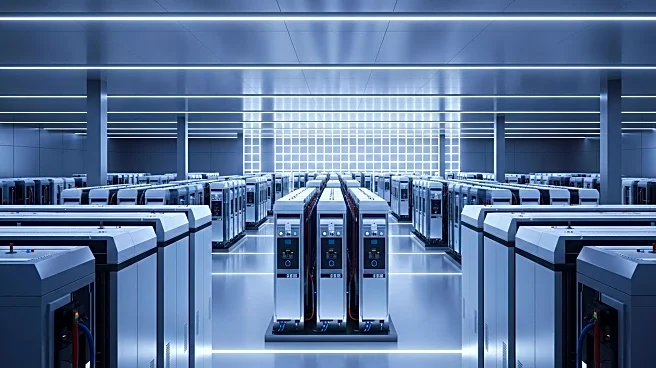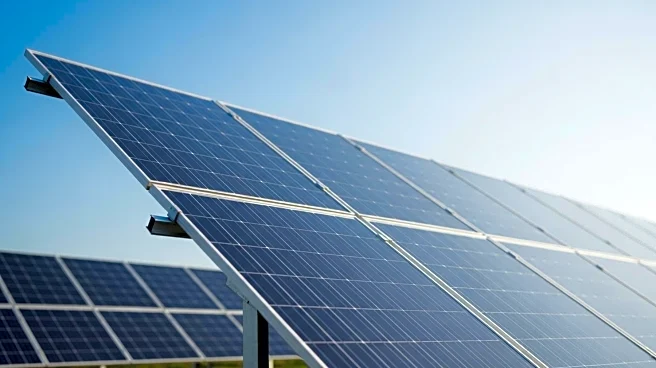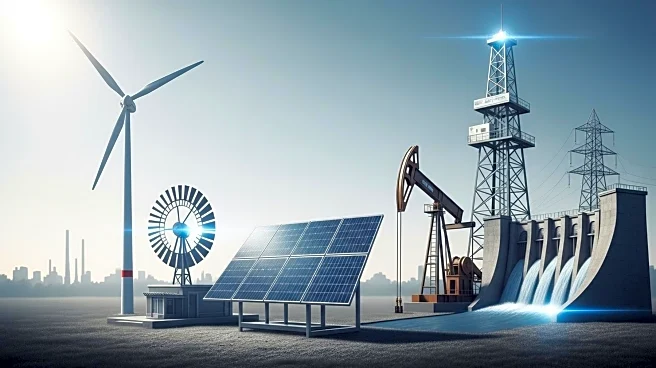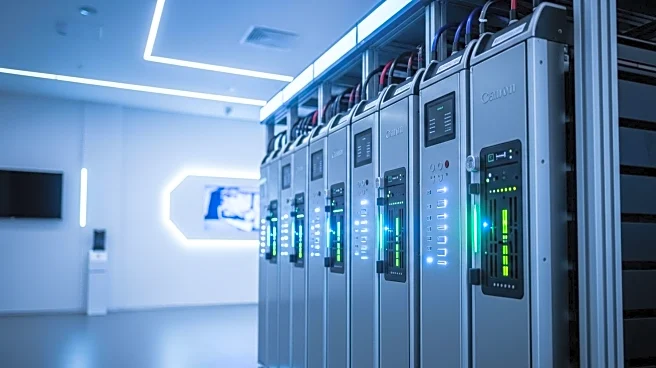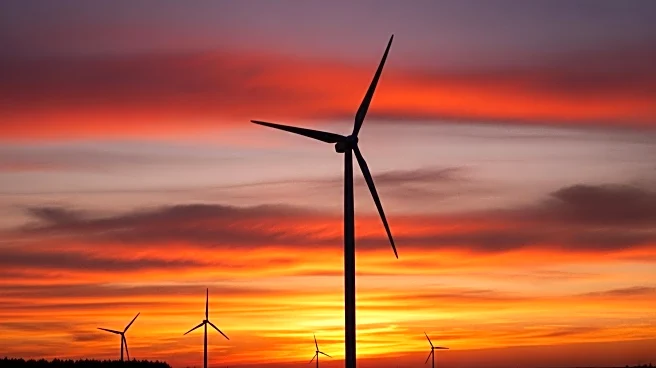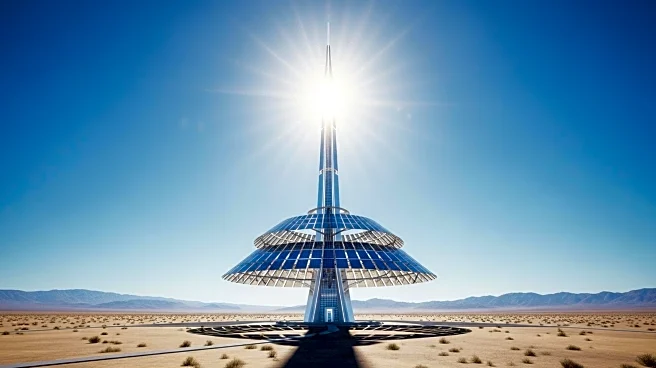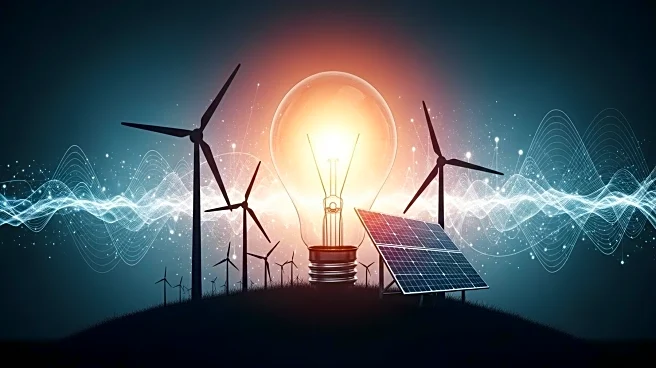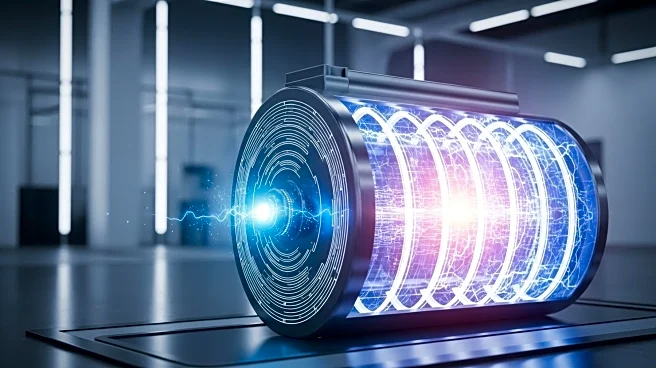What is the story about?
What's Happening?
PJM Interconnection, North America's largest grid operator, is planning to significantly increase its energy storage capacity to 43 GW by 2045. This initiative is driven by the need to meet resource adequacy requirements and state clean energy goals. According to a report by the Brattle Group, commissioned by the U.S. Energy Storage Coalition, PJM needs to address short-term resource needs due to long waits for large gas turbines and an anticipated 19% increase in peak load by 2030. PJM spokesperson Dan Lockwood emphasized the organization's commitment to adding as much supply as possible, beyond the 63 GW of projects currently in its queue.
Why It's Important?
The expansion of energy storage is crucial for PJM to avoid potential load shedding during extreme weather conditions and to maintain resource adequacy. Adequate energy storage deployment could help mitigate customer cost increases, which could rise by 30% due to higher capacity prices if storage reserves are insufficient. The initiative is also essential for integrating renewable energy sources and ensuring grid reliability amid global trade uncertainties and supply constraints for wind components. The report highlights the need for interconnection queue reform to expedite the integration of storage and other dispatchable resources.
What's Next?
PJM plans to process its remaining queue capacity in 2025 and 2026 before transitioning to a reformed interconnection process, expected to evaluate projects faster than recent U.S. averages. The grid operator is exploring additional interconnection methods to accelerate the connection of energy resources. However, rising capacity prices are already affecting retail rates in some PJM states, prompting discussions among state governors about potential governance changes. PJM executives are urging member states to remove barriers to energy development, emphasizing the need for diverse energy sources to maintain reliability.
Beyond the Headlines
The push for increased energy storage highlights broader challenges in the energy sector, including regulatory hurdles and the need for policy reforms to facilitate renewable energy integration. The situation underscores the importance of collaboration between grid operators, state governments, and energy developers to address infrastructure and permitting issues. The evolving energy landscape may lead to shifts in state policies and increased focus on sustainable energy solutions.
AI Generated Content
Do you find this article useful?
